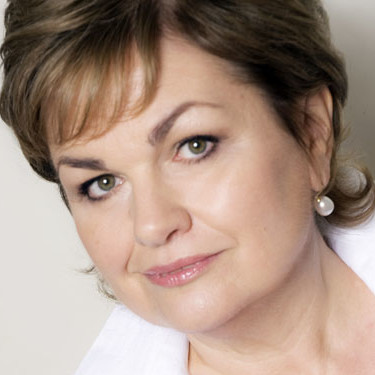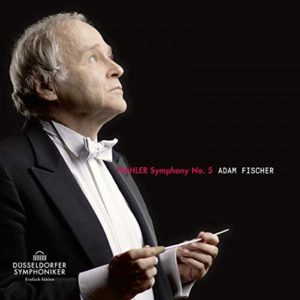GRAMOPHONE: From Where I Sit – July 2018
 It’s fun trawling for online definitions of PERCUSSION. Most are light years behind the curve in evaluating or even just attempting to describe music’s at once most basic and highly sophisticated family of instruments. A phrase like “the striking of one solid object with or against another with some degree of force” might hint at the origins but it doesn’t even begin to address the evolution – ongoing, perpetually ongoing. Essentially any object that can be struck, stroked, shaken, scratched, stirred (and every other form of contact) is fair game. Look at Stomp! with its scrap yard approach to rhythm and roistering on an industrial scale. Its success lies in its universality, the feeling of total (tribal?) inclusiveness that it brings. The tin-can drummer on the street corner, the beatboxer with his astonishing array of oral kit pumping and popping through a small amplifier. Try walking by him. Some primitive impulse stops us in our tracks.
It’s fun trawling for online definitions of PERCUSSION. Most are light years behind the curve in evaluating or even just attempting to describe music’s at once most basic and highly sophisticated family of instruments. A phrase like “the striking of one solid object with or against another with some degree of force” might hint at the origins but it doesn’t even begin to address the evolution – ongoing, perpetually ongoing. Essentially any object that can be struck, stroked, shaken, scratched, stirred (and every other form of contact) is fair game. Look at Stomp! with its scrap yard approach to rhythm and roistering on an industrial scale. Its success lies in its universality, the feeling of total (tribal?) inclusiveness that it brings. The tin-can drummer on the street corner, the beatboxer with his astonishing array of oral kit pumping and popping through a small amplifier. Try walking by him. Some primitive impulse stops us in our tracks.
Readers may or may not know of my vested interest in the “cosmic kitchenware” celebrated in this issue but after many childhood years hopelessly persevering but never advancing with dreary piano teachers or in ruthless pursuit of a half-decent (or rather less agonising) sound on a violin I was wooed by a peripatetic music teacher (yes, they change lives) to join the school orchestra playing the tabor or military drum in a performance of Bizet’s “Farandole”. The power instilled in me from anchoring and driving the rhythm of the entire rag-tag band (well someone had to do it) was immense.
I took lessons. I began with the side-drum – or more importantly the side-drum “roll” – the basis of everything and a process wherein the analysis of how it is achieved has little bearing on finally being able to do it. I sought out hopelessly ambitious amateur orchestras, playing Mahler 5 with something called the Hammersmith Philharmonic where my most enduring memory was of the conductor turning to the elderly leader of the second violins in the scherzo and shouting “Don’t panic, Elsie!”
Posher gigs beckoned: the Ernest Read Orchestra under Bernard Keefe and the wonderful Muir Matheson (he of all those vintage film soundtracks) who would shout “butchers!” at the strings and whose remark to me during the rehearsal for Elgar’s Cockaigne Overture was witheringly on message: “Mr bass drum – I applaud your enthusiasm but we will be needing the instrument for the concert, you know.” So, several dozen Carmina Burana’s later, the terrifying UK premiere of Carlos Chavez’ Toccata for Percussion, the equally terrifying single cymbal crash in Bruckner’s 7th Symphony (praying for a good contact and a big sound – that’s assuming my timing was spot on), the beginnings of my journalistic career collided with the waning of my percussive pursuits and I found myself in front of the young Simon Rattle playing cymbals in Mahler 6 (for the Salomon Orchestra) a week after interviewing him for the first time. His initial confusion gave way to tentative encouragement – “It had better be bloody classy” – and after some issues with the cowbells (not me, I hasten to add) suggesting, in Rattle’s words, “a bovine orgy”, we collectively almost brought St John’s, Smith Square, down into its crypt.
I miss the skin bashing and the metal beating – and I openly idolise those who push percussion’s infinite possibilities to the stars and back with such passion, creativity and virtuosity.
You May Also Like

A Conversation With SUSAN BULLOCK
02/09/2010
A Conversation With VICTORIA WOOD: New TV drama, ‘Loving Miss Hatto’
21/04/2016

